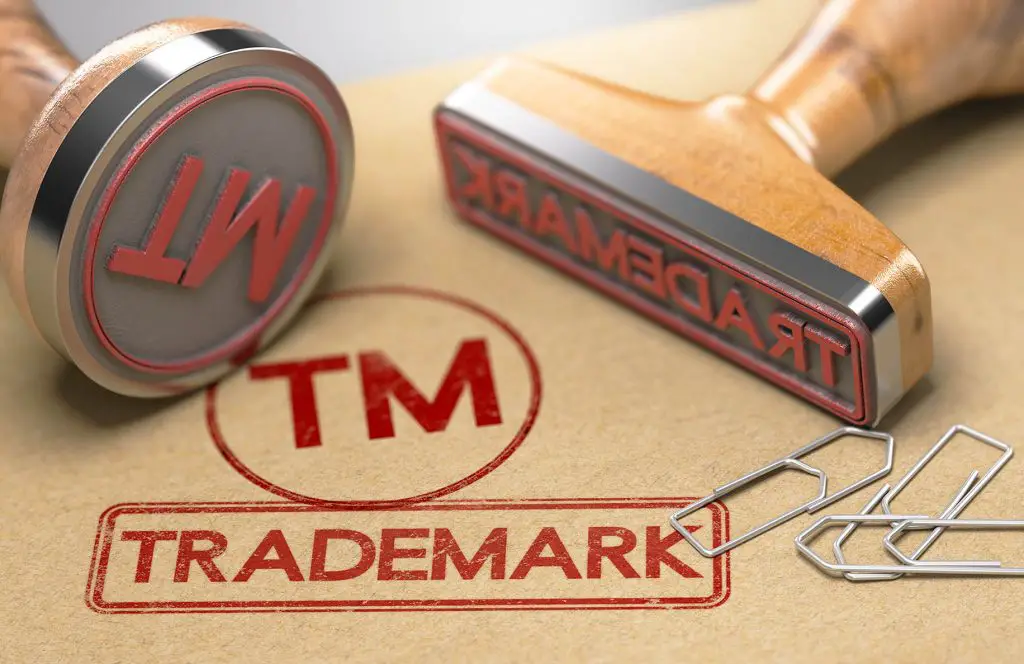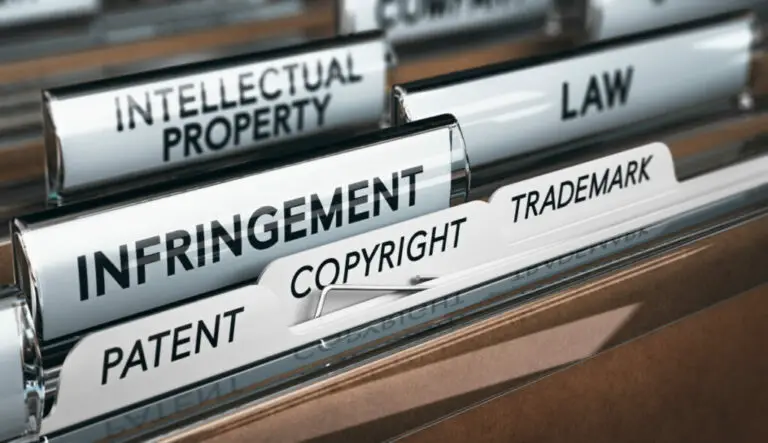Do Trademarks Expire?

Trademarks are crucial for protecting individuals and businesses in competitive markets. No one wants to risk suddenly being without legal protection from a trademark, so it is important to be aware of the rules surrounding the maintenance of a trademark.
Trademarks can expire or be canceled if the registration is not maintained properly. Trademark holders must actively use their trademark in a commercial setting and regularly submit certain documents and forms to keep the trademark active. These documents prove that the trademark is in active use.
Taking a closer look at the process for keeping a trademark active will help you avoid fees, confusion, and potential infringement.
Trademark Maintenance
In the U.S., trademarks are registered with the United States Patent and Trademark Office (USPTO). After obtaining trademark registration through the USPTO, there are a few things you will need to do regularly to ensure that your trademark remains active. The most important thing is to show that you are continuously using the trademark. All the forms are focused on showing that you are appropriately and continuously using the trademark.
In order to be fair to the rest of the competition out on the market, the USPTO will not keep a trademark alive that is not actively being used. This keeps the registry from being too clogged up and keeps the market open for new competitors.
Additionally, the trademark must be used specifically in commerce. A trademark is an important tool for distinguishing one good or service on the market from another. Trademarks are often used as identifying marks for an entity. Beyond just being a catchy representation, it must represent the legal entity in the commercial market. This means that the trademark is being used for the purpose of selling products of some sort in the large-scale market.
To prove to the USPTO that your use of the trademark is correct and continuous, there are various forms you need to submit at certain periods of time. Failing to meet the form submission deadlines is what will result in a trademark being canceled or expiring. Of course, you can also file a petition for cancellation if you want to deactivate the trademark before these deadlines.
After submitting the required documents, it is possible that your trademark registration gets audited. This will require even further documentation. If any issues are found with your registration, you may be required to pay fees to correct the registration and keep it from being canceled.
With each maintenance filing, you should take the opportunity to carefully review what you are reporting to use your trademark for. Regularly delete or add goods and services to your trademark registration as your situation changes. This will make the maintenance process much simpler in the long run.
Each filing deadline is a year-long window with a 6 month grace period. Filing at the beginning of the year is best so that if your registration is rejected, you can resolve any potential issues before the deadline. If the registration is complete and correct before the deadline, you can avoid any additional fees. For the 6 months following the deadline, your trademark is still active and you can still file, you will just have to pay a little extra. Filings are required by the 6th year after your initial registration, the 10th year, and every 10 years following that. (Source)
Common Forms

The exact forms that you need to file can vary slightly depending on the entity, but there are a few common forms that the USPTO will require for your regular filings. The UPSTO website should make it easy to see what forms you need if you log into your account with them connected to the trademark.
Every ten years you will need to submit both a section 8 and a section 9 declaration, which can be submitted through a combined filing. Section 8 is about declaring your use of the trademark, or a reason why it is not in use. Section 9 is the declaration that applies for renewal. Getting section 9 approved is crucial to preventing your trademark from expiring. To file forms, you will need to provide your registration number, the name of the owner, the address of the owner, and whatever fee is associated with that specific filing.
To show that your trademark is in use according to section 8, you will provide a statement claiming use in commerce, a comprehensive list of all the products that are connected to your trademark, and an example of the trademark in use. If you are selling goods, an example could be the trademark on a product. If you are selling services, an advertisement for your service that also includes the trademark will work great as an example for the section 8 declaration.
With combined filing, you will also submit an application for renewal along with the previous declaration, list, and example. You will be asked to sign a statement that assures the accuracy of all the information you are providing. This statement should be signed, dated, and also include a written request for renewal of the registration.
There are some rare, specific circumstances where there is a reasonable excuse for not having the trademark in commercial use. If this is the case, you will need to outline a brief history of use, when and why it stopped, and how you are planning to resume use.
After five years, you can file under section 15 for incontestability. If you can show that the trademark has been in continuous use for five years, and there are no legal restrictions or issues surrounding the trademark, you will want to submit the declaration of incontestability. Once approved, your trademark will then be protected from any third-party challenges of validity.
Another common form is a section 71 declaration. This is essentially the same thing as section 8, except it extends to include Madrid registration. For trademark use outside of the U.S., filing under the Madrid Protocol extends your rights to apply to other countries. If you are trademarked in and out of the U.S., filing under section 71 will take care of both. (Source)
Trademarks Outside the U.S.

For trademarks outside of the country and USPTO, the process is still very similar. If you have trademarks registered outside of the U.S., it is likely through WIPO and the Madrid Protocol. International registration is valid for ten years and will need to be renewed each decade to prevent expiry. WIPO will send a letter reminding you to renew. You have a window from three months before expiration until the end of the grace period six months after the ten-year anniversary.
The whole renewal process for WIPO is conveniently online, and you should be able to find all the information you need for filing and renewal through your account on their website. There is also a paper option, but it is easiest to file forms and pay the fees through the online system. (Source)




